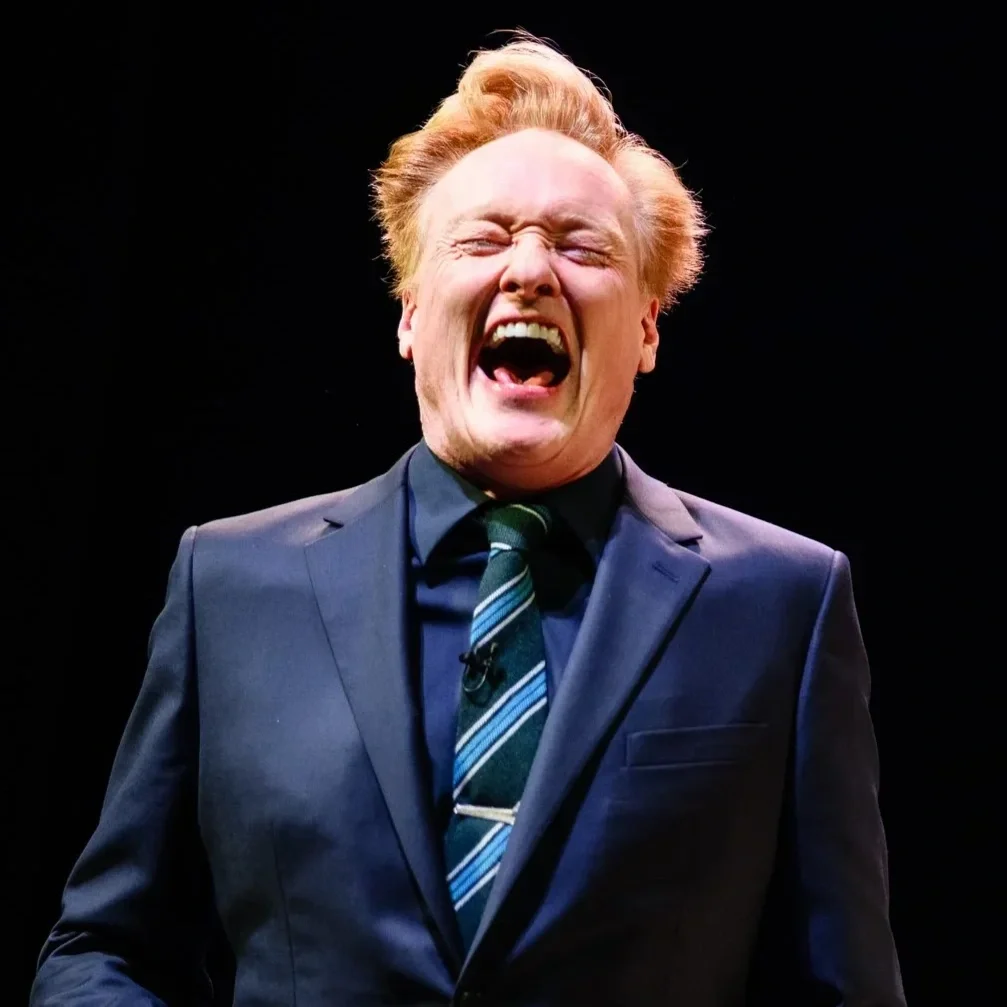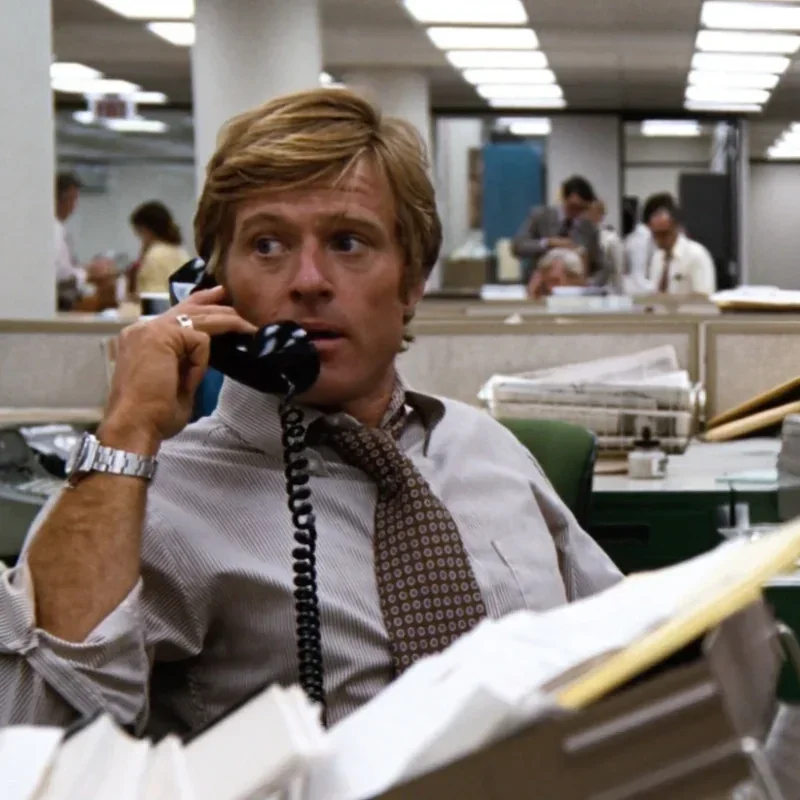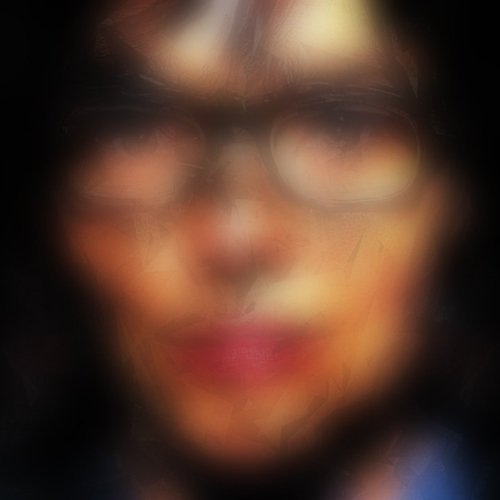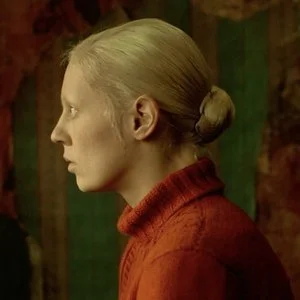Detective Blanc's Donut Theory
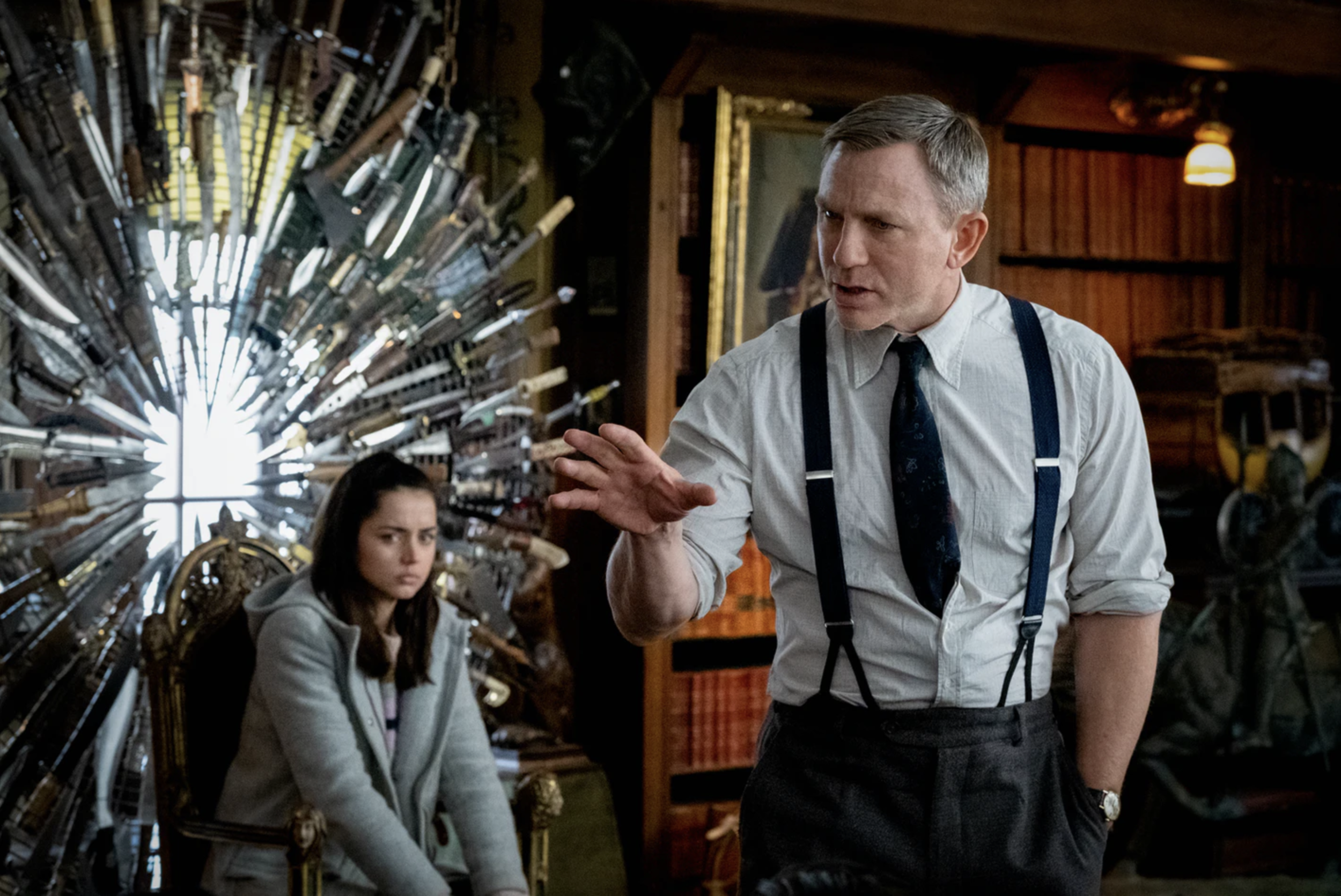
“… but, I spoke in the car about the hole at the center of this donut. And what you and Harlan did that fateful night seems a first glance to fill that hole perfectly. A donut hole, in a donut’s hole. But we must look, a little closer. And when we do, we see the donut hole has a hole in its center. It is not a donut hole, but a smaller donut with its own hole. And our donut, is not a hole at all!”
Near the conclusion of Rian Johnson’s 2019 wonderful whodunnit Knives Out, Detective Benoit Blanc, played by a rare-but-increasingly-common non-licensed to kill Daniel Craig, sporting an outrageous southern drawl, uses his theory of donuts (and donut holes) to explain that there’s more to the crime than he, or we as the audience, originally anticipated.
In the familiar framework of other cinematic and literary sleuths revealing their thoughts as the movie crescendos, he begins by articulating his original theory of a ‘hole at the center of a donut’, an analogy for the root of the mystery. A motive, simple explanation, or something otherwise not immediate apparent that when revealed, helps him to solve the case. It’s the short route to an answer. But as we see, it could just as easily be a macguffin, a distraction, a plot hole. We think there’s a simple way to fill that hole based on what Marta is telling us, but Blanc is telling us otherwise.
Unlike Poirot or Marple, Detective Blanc uses multiple layers to go beyond what we know so far as the audience, and to probe deeper into the mystery of how Harlan died. Of course, the joy of any whodunnit is trying to second guess the sleuth, trying to get to the answer before they do, but Blanc’s donut monologue deliberately sabotages any attempt at the truth on the part of the viewer. The victim is, after all, the author of bestselling mysteries himself. It expressly speaks to the audience and our understanding of the story so far. It signals to us that ‘whatever you’re thinking, I’m telling you there’s at least another layer, probably more, that you’re not seeing’, making the process of deduction all the more delicious.
And why the analogy of the donut at all? A simple device to illustrate the process of ‘filling in the gaps'? Or a way to signal to the audience that our understandings, while not complete, are at least cooked evenly on all sides? In watching Blanc’s explanation, I was reminded of Inception’s framework of dreams within dreams. Layers of complexity where the director consciously keeps the audience engaged through ensuring that they’re always thinking about what’s at least one layer above them. Johnson echoes Nolan’s approach here, but in a much more self-aware fashion, pulling the audience deeper into the conceit by using Blanc to help us understand that we must always ‘look a little closer’. Who’s Benoit even talking to here? Marta the nurse, who thinks she’s the killer, but is ultimately set to inherit everything by the time the credits roll. And before the donut theory even begins to be explained, earlier in the movie, he tells us that Marta’s at the center of everything. She’s the hole we need to look beyond.
And of course, following in the very best of Agatha Christie tradition, Blanc proves us right, as we see with the eventual reveal of Harlan’s suicide as an alibi to protect Marta, the switched, and switched again bottles of medicine, and Ransom’s eventual reveal and arrest as the mastermind behind the plot. The center of the donut was indeed, far from being a hole after all.


